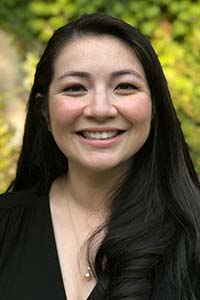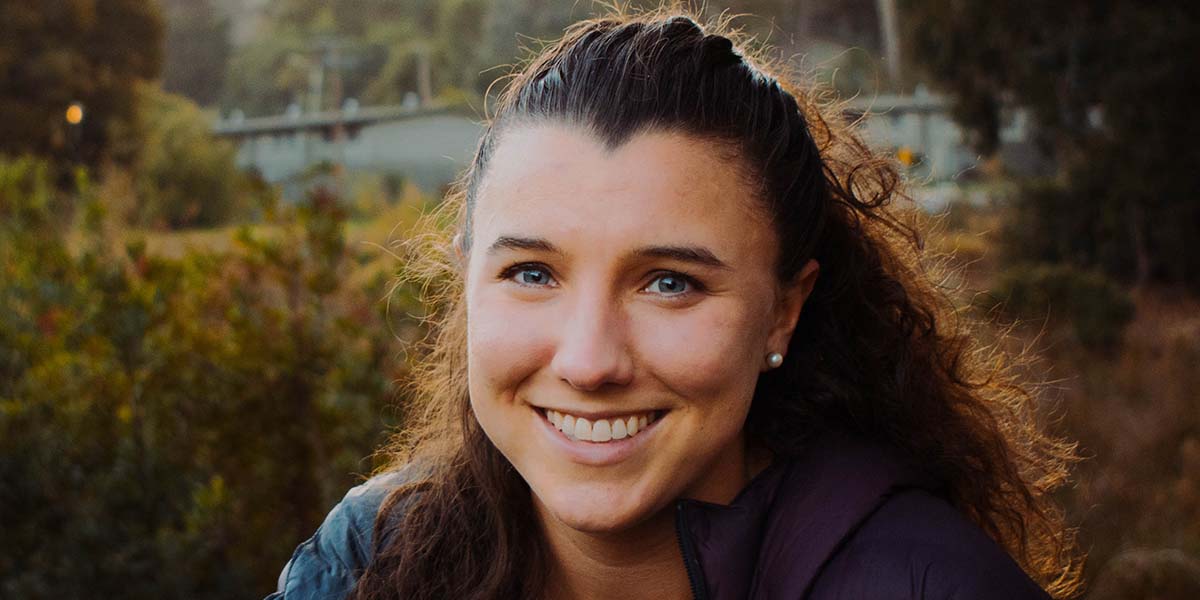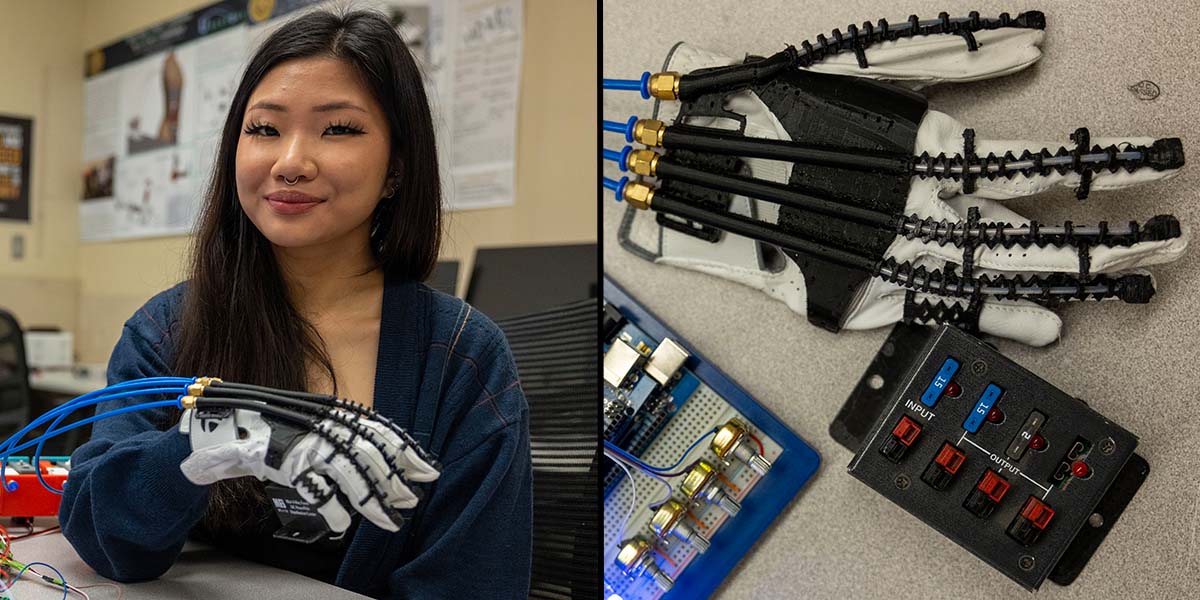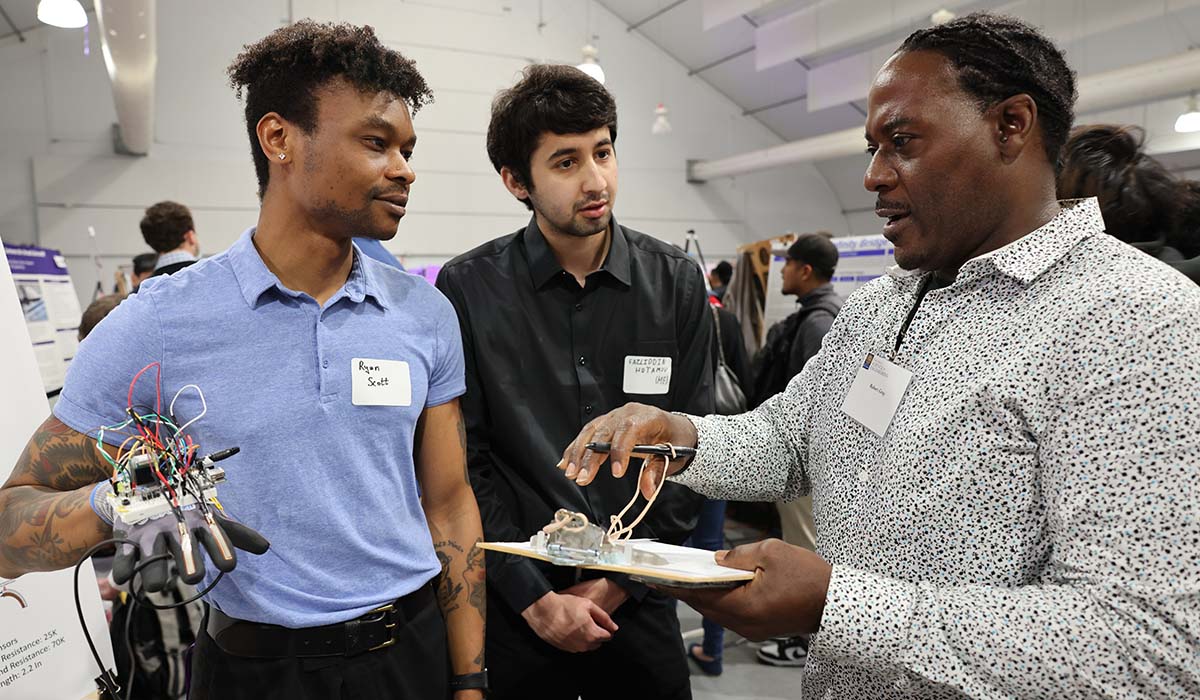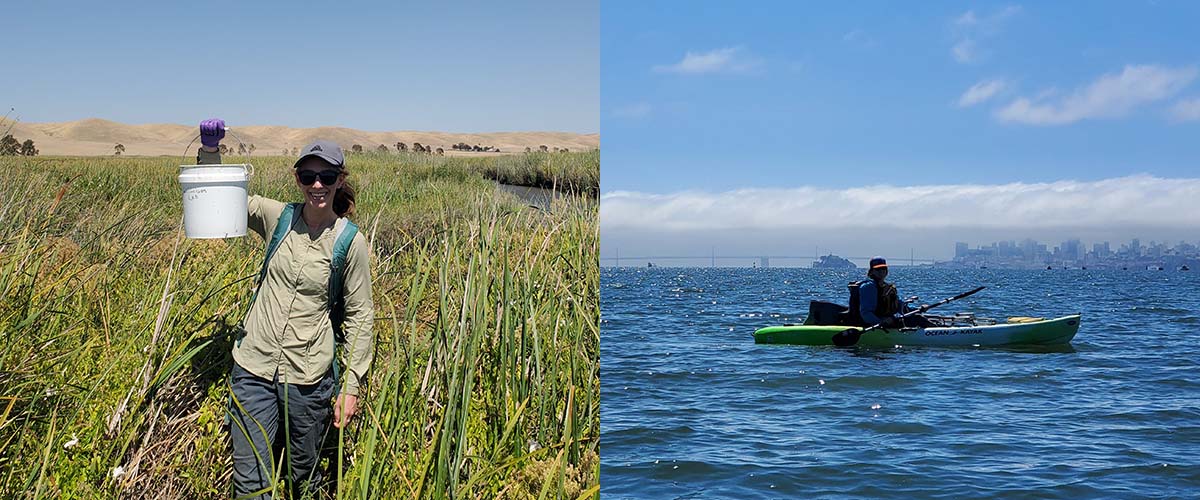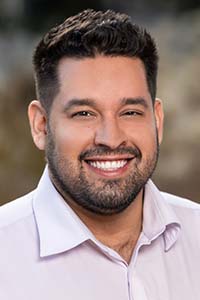Alumnus thanks SF State mentors for his success as research faculty
Alum Juan Mendoza (B.S., ’03) says SF State gave him the foundation to be one of the top researchers in the United States
San Francisco State University alumnus Juan Mendoza gets emotional thinking about how much has changed in his family in just one generation. His parents immigrated to the United States from a small farming town in Mexico where they had limited educational opportunities. Thanks to them, Mendoza is now at a top research university as a faculty scientist whose accomplishments were recently recognized by one of the premier research organizations in the United States.
“That potential is out there. It could be anyone. [But] I had to be found to be where I am,” said Mendoza (B.S., ’03), crediting San Francisco State’s part in his journey. When the Howard Hughes Medical Institute (HHMI) named him one of 31 inaugural Freeman Hrabowski scholars earlier this year, he was quick to thank his SF State mentors for setting him up for success. Mendoza’s recent accolade recognizes early career faculty for their outstanding research and commitment to diversity, equity and inclusion in science. The research award provides up to $8.6 million for each scholar for the next 10 years.
“Working at San Francisco State with other students is when I fell in love with research science. That got me through the really tough times at the graduate level and at the postdoc level and still gets me through hard times now as faculty as well,” said Mendoza, who is an assistant professor at the University of Chicago’s Pritzker School of Molecular Engineering.
As an undergrad, Mendoza originally transferred to SF State from a private university in Washington state because it was more affordable. An aspiring physician, he was a Biochemistry major but struggled academically, partly because he worked so much. He ultimately left school early to join the dot-com boom and worked in tech for a few years. When the economic upheaval after 9/11 left him unemployed, Mendoza returned to SF State to finish his bachelor’s degree.
“I don’t know how but somehow [Frank Bayliss] found me,” Mendoza said, explaining that Bayliss — the director of the Student Enrichment Opportunities (SEO) office at the time — completely shifted his educational experience. Bayliss helped Mendoza get a fellowship and connect with SF State faculty.
“What really changed my life was being able to focus on studying and research. That really brought out that excellence in me,” Mendoza said. In addition to financial support, SEO helped him connect with faculty like Chemistry and Biochemistry Professor Raymond Esquerra. This network helped him get research experience and solid letters of recommendation, giving him a chance at really good Ph.D. programs, Mendoza adds.
“Dr. Esquerra is someone that I just completely admire,” said Mendoza, who was a postbaccalaureate researcher in Esquerra’s lab. This lab was where Mendoza fell in love with protein structure and its role in human health and biology. His mentor was the first to encourage Mendoza to combine his computational tech background with chemistry.
“It got me so excited. It gave me that first idea of combining both lab science and computation, which at that time was a lot rarer than it is now,” he explained. Computational science is now heavily integrated into many life science and biotech jobs.
At the University of Chicago, Mendoza runs his own lab and mentors his own host of students. His group studies the biophysics of the immune system. They want to understand how proteins interact and how scientists can bioengineer protein structure and protein interactions to improve human health. His lab also uses computational tools to advance protein engineering. So much of this started at SF State, says Mendoza — and he’s determined to give his students the same kind of support that made such a difference for him.
“I want to pay it back,” he said. “I’m just one person, but San Francisco State and the SEO office have helped so many people. I’m just trying to do my little part, not only in my lab, but in other parts of campus.”
Learn more about SF State’s Department of Chemistry and Biochemistry and Student Enrichment Opportunities (SEO) office.
